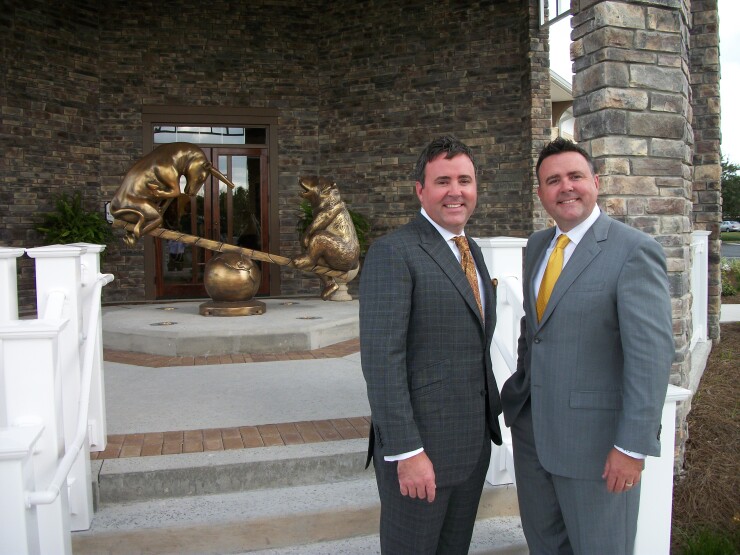LPL Financial’s absorption of National Planning Holdings could turn it into the giant of the industry, and a top LPL executive says the firm is trying to make its advisors comfortable while filling those shoes.
“Our size and capital structure allow us to invest in things and in ways many of our competitors can’t,” says Bill Morrissey, president of LPL’s business development division. “Now, the challenge is we need to make sure that we shrink the firm for our clients and maintain a personal relationship with them.”

Morrissey, the executive
The
The acquisition could push LPL’s headcount above 16,000 advisors, but it has yet to disclose exactly how much of the four independent broker-dealers’ business made the move. Morrissey declined to give any specifics beyond the forecast of around 70% released
LPL’s size as the nation’s largest IBD and a publicly traded firm
LPL’s expected 70% rate of retention “shows that the bulk of NPH advisors opted to give LPL a chance,” says IBD recruiter Mark Elzweig. However, he adds, the real test of the acquisition will come in six months to a year.
“As LPL grows, what will be the reaction of existing LPL advisors? Because their size has been an issue for some of their advisors already,” Elzweig says. “Basically, the NPH advisors are giving LPL a test drive. But eventually, they’ll all make decisions if they want to stay with the home team or not.”
-
More than $34 billion in client assets moved into the No. 1 IBD’s fold in the first part of the acquisition.
February 2 -
Bill Morrissey, who is leading the effort, described the firm's rapid, multipronged approach.
September 18 -
Private Advisor Group reported impressive growth even as other practices of its kind have left the No. 1 IBD.
February 12
Among recent career changes, Merrill Lynch lost brokers managing $2.2 billion to rival J.P. Morgan Securities.
LPL, which has headquarters in Boston, San Diego and Charlotte, listed six risk factors about the NPH deal in
The firm also mentioned “disruptions to our business due to [the] transaction, which could make it more difficult for us to maintain relationships with our financial advisors and their clients,” as well as “our ability to retain the former NPH advisors and facilitate growth in their practices.”
Morrissey says that the second wave of the transition went more smoothly than the first, noting that an acquisition the size of the NPH deal always creates some complexities.
The nationwide courting of NPH advisors consisted of individual meetings, roadshow presentations, regional meetings and town halls. LPL tapped its most seasoned business development officers and executives like Morrissey and National Sales and Consulting President Andy Kalbaugh, Morrissey says.
Twin brothers Robert and Thomas Fross of Fross & Fross Wealth Management, one of the firms on LPL’s list of large ex-NPH practices that joined the firm, singled out Kalbaugh and Arnold for praise for their attention during the transition. The asset transfer process, which normally takes weeks, took a few days, the Fross brothers say.

They had
The
Where LPL’s size has turned away some ex-NPH advisors, the Fross brothers say its research, tech tools and receptive staff show the benefits of affiliating with a large firm.
“These employees, as we talk to them, they’re so gracious and willing to help. That’s not what we expected,” Thomas Fross says. “You think about this incredible bulk of transition that they had to do in a short amount of time. But they don’t come across that way. They come across as, ‘We’re here to assist you in any way possible.’”
The team said they didn’t see LPL’s
“Once the advisors got through the initial shock of the transaction, I think each and every one of them went through their own litmus tests and their own due diligence questions to make sure that they’re aligning with the right firm,” Morrissey says. “We were fortunate in that we recruited a lot of great advisors.”






